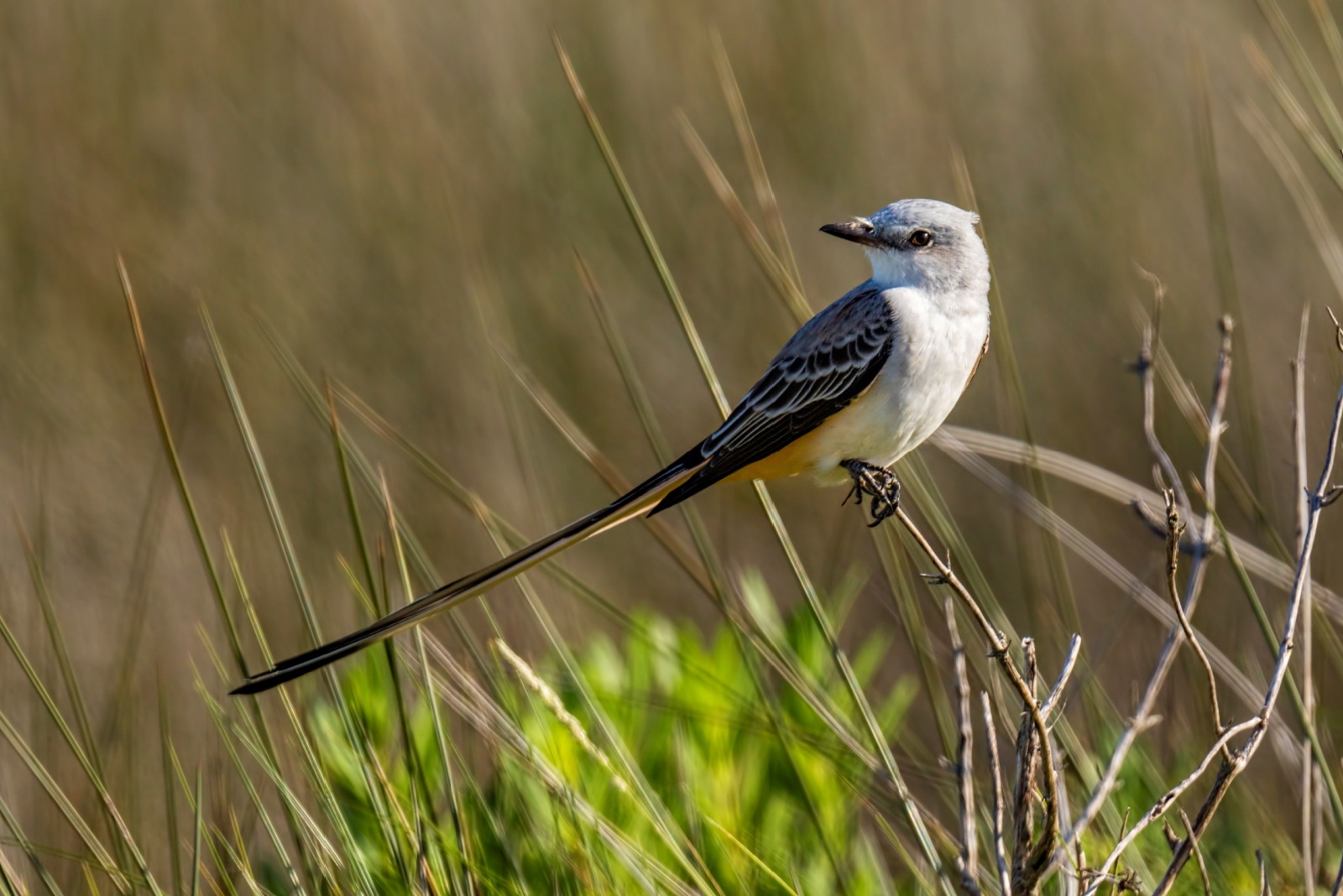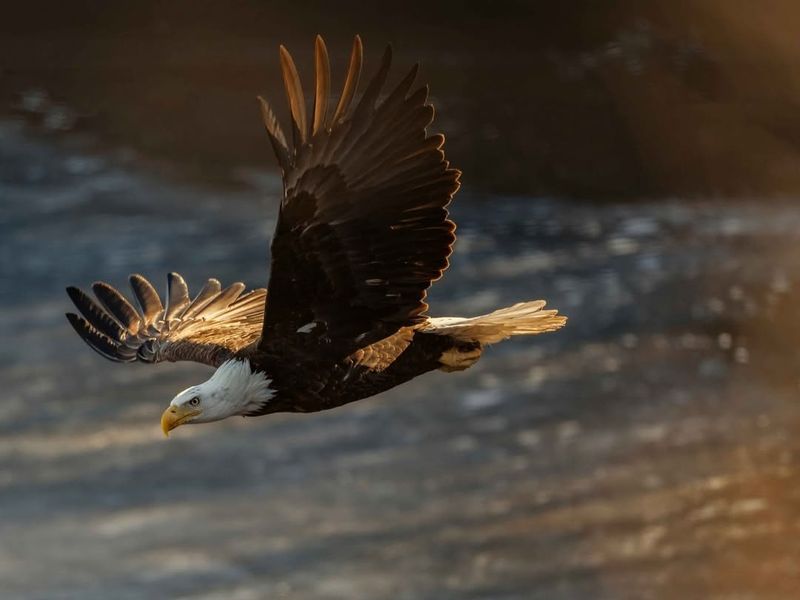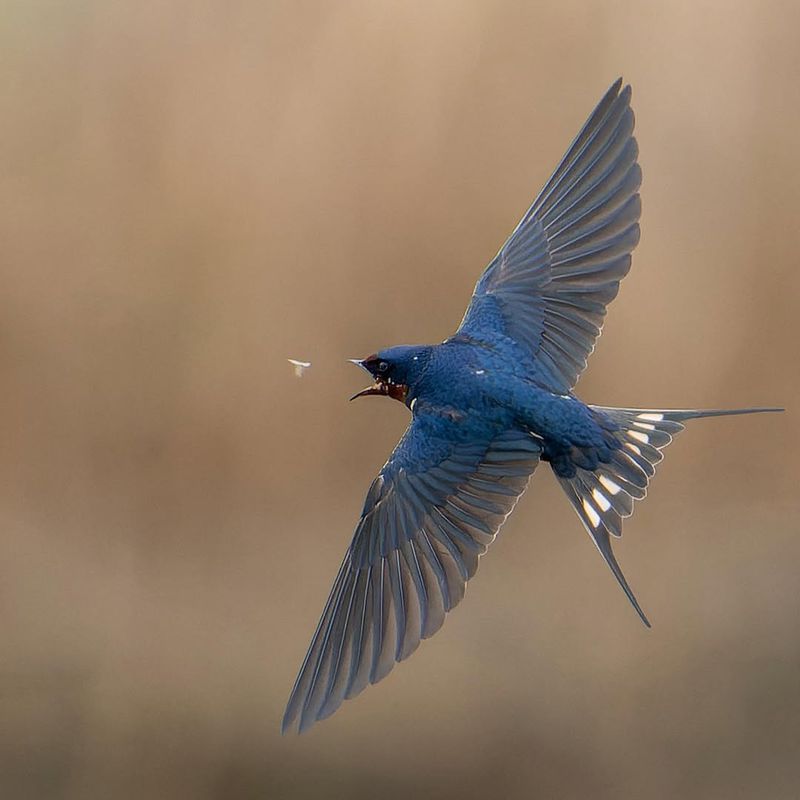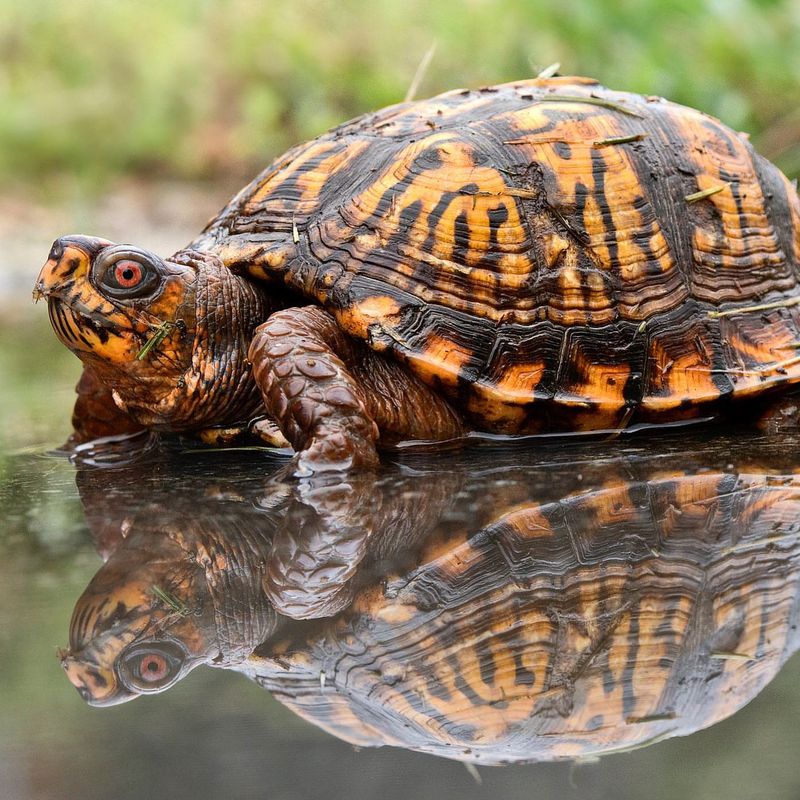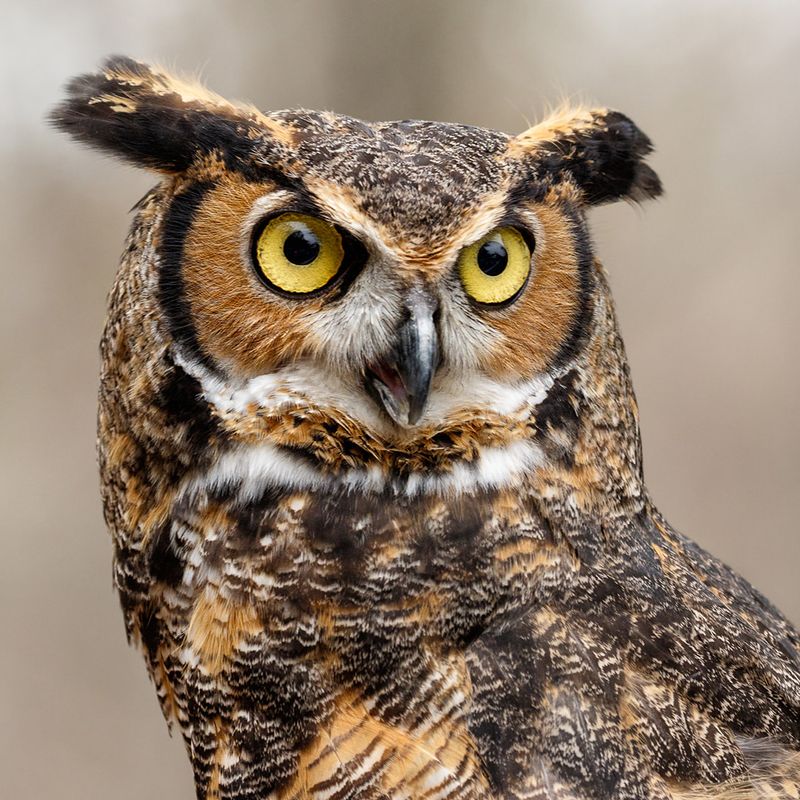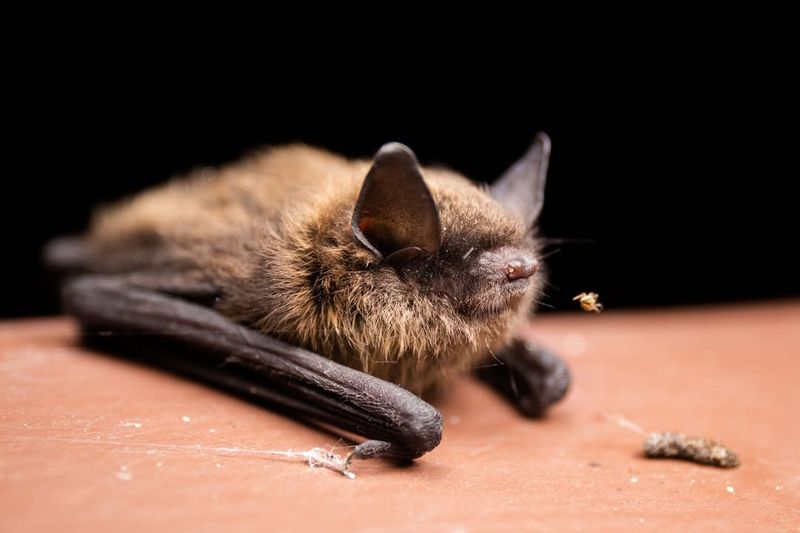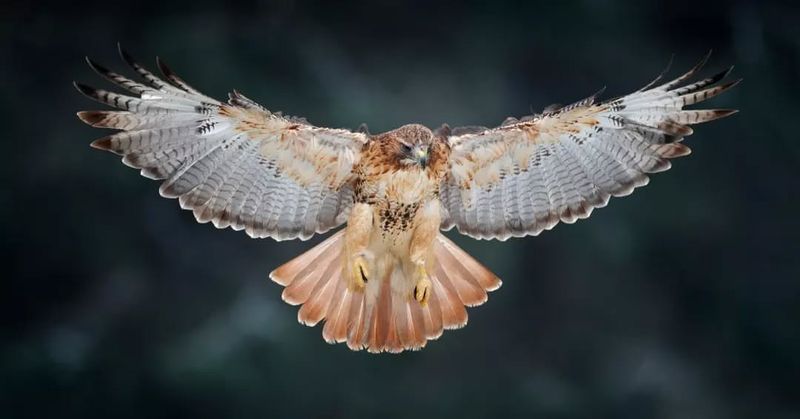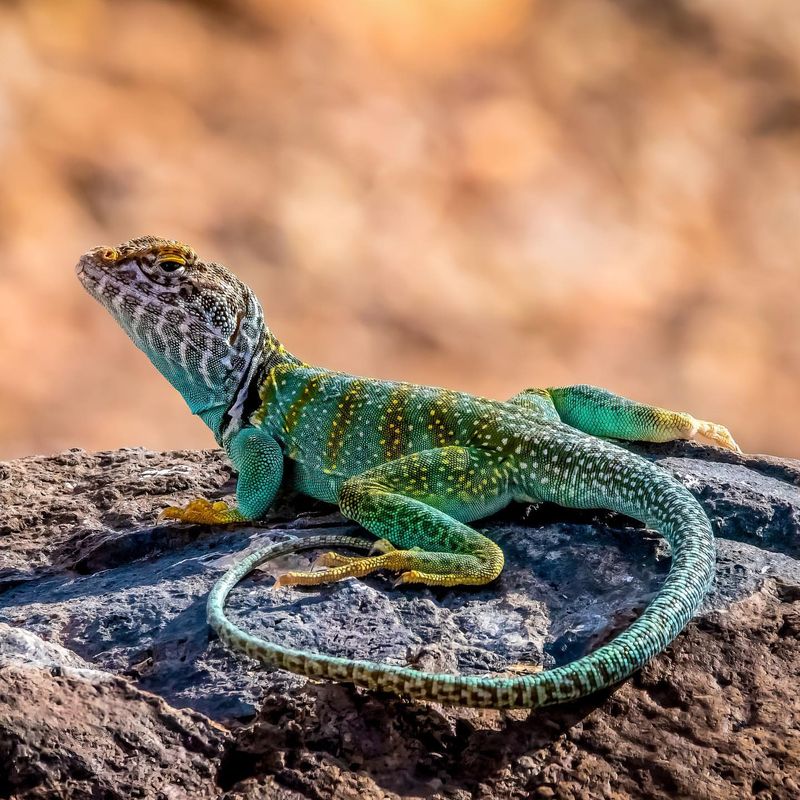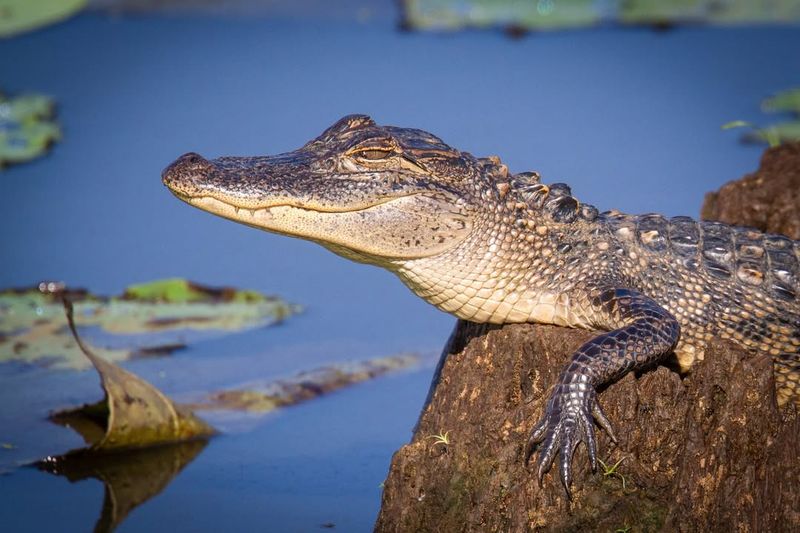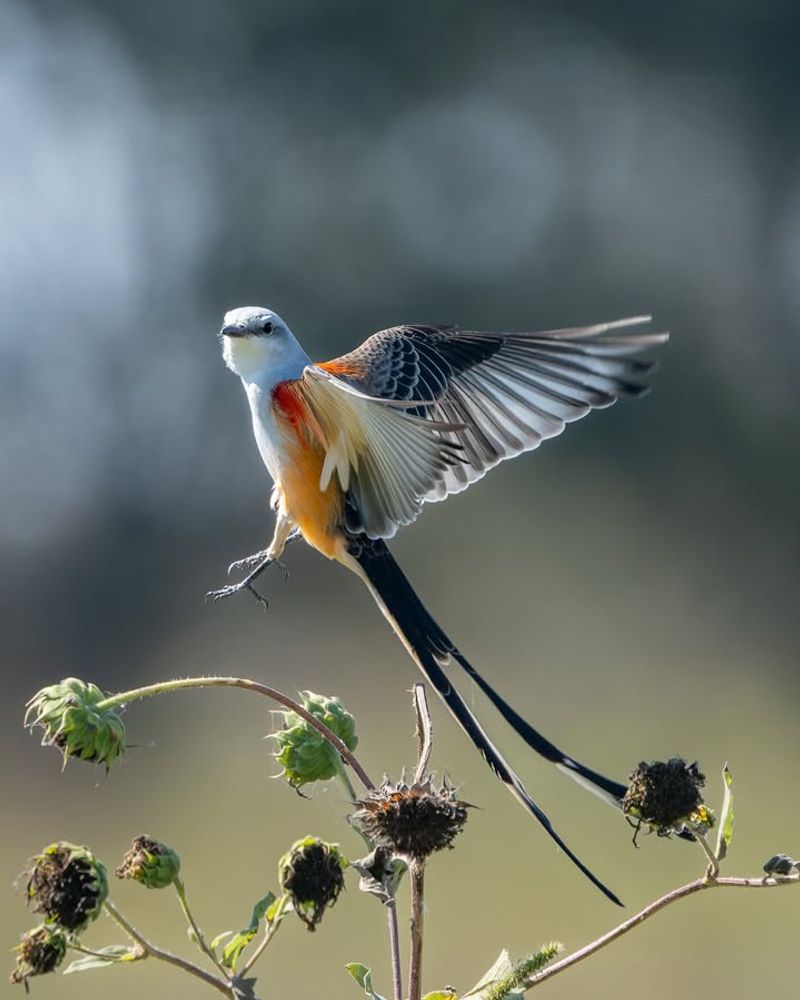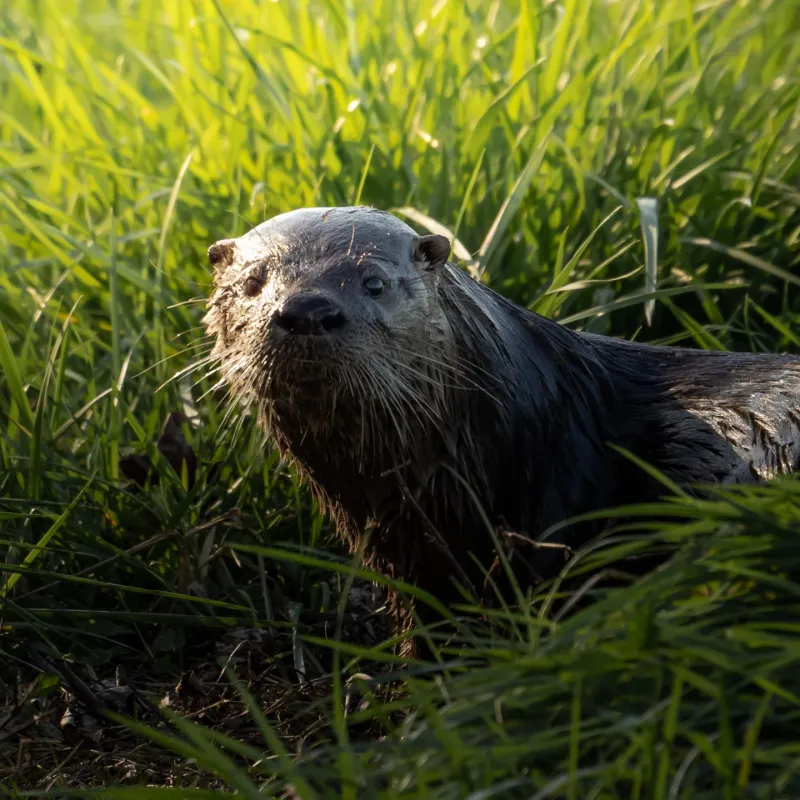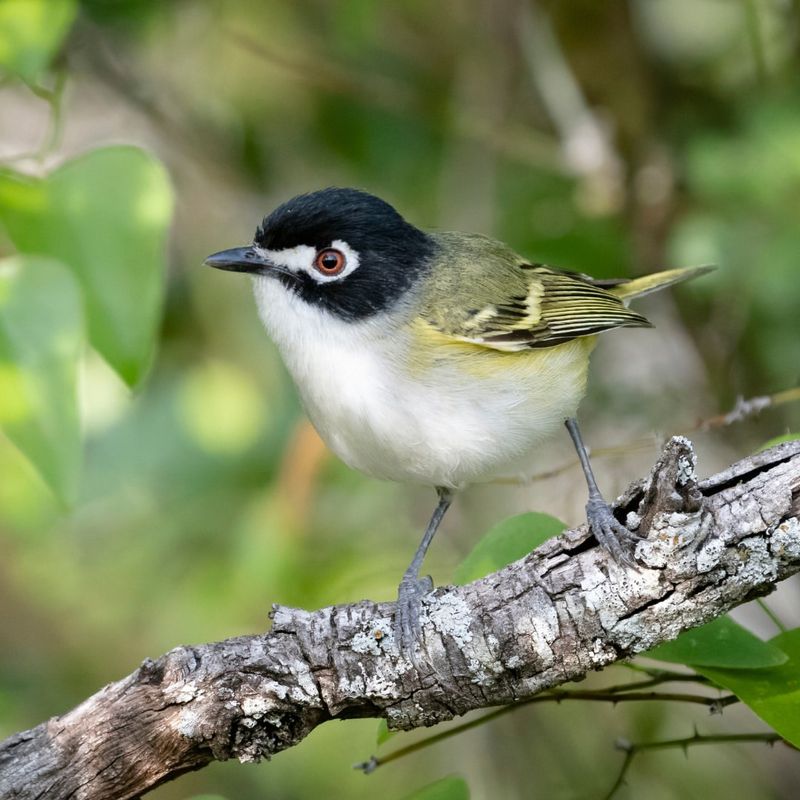In Oklahoma, the wild has a way of crossing property lines—and sometimes, the law steps in to protect it. From feathered songbirds to slithering reptiles, certain backyard visitors aren’t yours to move or remove.
While it might be tempting to reclaim your space, doing so could land you in hot water. Knowing who’s off-limits keeps you in the clear and helps protect the state’s untamed heart.
1. American Bald Eagle
America’s national symbol soars through Oklahoma skies with protection from both state and federal laws. The Bald and Golden Eagle Protection Act makes removing, harming, or disturbing these birds a serious federal offense.
Penalties can reach $100,000 in fines and a year in jail for first offenses. Even picking up a fallen feather without proper permits is illegal.
If an eagle nests on your property, consider yourself lucky and leave it alone. Contact wildlife officials if the bird appears injured or poses genuine safety concerns.
2. Barn Swallow
With their acrobatic flight patterns and cheerful chirping, barn swallows often build mud nests under porches and eaves. The Migratory Bird Treaty Act shields these insect-eating champions from removal during nesting season.
Destroying an active nest with eggs or babies can result in thousands of dollars in fines. Property owners must wait until babies fledge and leave before cleaning away old nests.
Want to discourage future nesting? Install barriers before spring arrives when swallows begin searching for spots.
3. Eastern Box Turtle
Spotting one of these dome-shelled reptiles wandering your yard might tempt you to relocate it, but Oklahoma law says otherwise. Box turtles are protected as a threatened species due to habitat loss and over-collection.
Taking, selling, or moving these turtles off your property violates state wildlife regulations. They’re incredibly territorial and removing them from familiar areas often leads to their death.
Simply let them pass through naturally. They eat garden pests like slugs and beetles, making them beneficial neighbors worth protecting.
4. Great Horned Owl
Those haunting hoots echoing through Oklahoma nights come from powerful predators that federal law protects year-round. Great horned owls occasionally nest in backyard trees or hunt near homes, but they’re completely off-limits for removal.
The Migratory Bird Treaty Act covers all native owl species with strict penalties. Even attempting to scare them away from nests can bring legal consequences.
Owls control rodent populations naturally, saving you from pest problems. Appreciate their presence from a distance and never approach their nesting sites.
5. Little Brown Bat
Finding bats roosting in your attic might feel unsettling, but Oklahoma recognizes their importance in controlling mosquito populations. Several bat species face serious threats from white-nose syndrome, earning them protected status.
Killing or harming bats violates state wildlife laws, though humane exclusion methods are sometimes permitted outside breeding season. Professional wildlife experts can help with legal removal timing and techniques.
A single bat devours thousands of insects nightly, naturally reducing pests around your property without chemicals or traps.
6. Red-Tailed Hawk
Watching these magnificent raptors circle overhead is common across Oklahoma, where they hunt rodents and rabbits in open spaces. Federal protection covers all hawk species under the Migratory Bird Treaty Act.
Shooting, trapping, or harassing hawks brings severe penalties regardless of property ownership. Even if one occasionally takes a backyard chicken, removal requires special depredation permits from wildlife authorities.
Hawks provide natural pest control that benefits farmers and homeowners alike. Their presence indicates a healthy ecosystem functioning properly in your neighborhood.
7. Collared Lizard
Oklahoma’s official state reptile brings vibrant colors to rocky areas with its blue-green scales and bold black collar markings. State law protects collared lizards from collection, sale, or removal from properties.
These lizards once faced population declines from habitat destruction and pet trade collection. Now they’re strictly regulated, with violations resulting in fines and possible criminal charges.
They’re harmless insect-eaters that pose zero threat to people or pets. Enjoy watching them scamper across rocks and bask in sunny spots throughout warmer months.
8. American Alligator
Though uncommon, alligators inhabit southeastern Oklahoma’s rivers and wetlands, protected under both state and federal endangered species regulations. Their populations recovered dramatically after nearly disappearing decades ago.
Landowners cannot remove, harm, or kill alligators without special permits from wildlife officials. Even non-lethal harassment is prohibited under protection laws.
Alligators rarely threaten humans when left undisturbed and maintain healthy aquatic ecosystems. Contact Oklahoma Department of Wildlife Conservation immediately if one appears near homes or poses legitimate safety risks.
9. Scissor-Tailed Flycatcher
Oklahoma’s stunning state bird displays impossibly long tail feathers that flutter like ribbons during flight. Federal migratory bird protections make removing or disturbing these graceful insect-catchers completely illegal.
Flycatchers often perch on fences and power lines, diving to snatch flying insects mid-air with impressive accuracy. Nesting season brings strict enforcement against anyone disturbing their small cup-shaped nests.
Their presence signals good insect control around your property. Watch them perform aerial acrobatics without interference, respecting their protected status under law.
10. River Otter
Once nearly eliminated from Oklahoma, river otters have made remarkable comebacks in streams and rivers across the state. Their recovery success led to permanent protection status.
Trapping, relocating, or harming otters violates state wildlife regulations with significant penalties attached. They’re social animals that play important roles in maintaining healthy waterway ecosystems.
Property owners near water might spot these playful swimmers hunting fish and crayfish. Their presence indicates clean, healthy water conditions. Report sightings to wildlife officials who monitor population recovery efforts.
11. Black-Capped Vireo
This tiny songbird with its striking black cap and white eye rings remains one of Oklahoma’s most protected species due to critically low numbers. Federal endangered species protections provide the strictest legal safeguards.
Disturbing nesting habitat or removing vegetation where vireos breed can trigger massive fines and federal prosecution. Conservation efforts focus on preserving their shrubby grassland homes.
Spotting one is genuinely special and rare. If you’re fortunate enough to have vireos on your property, protect their habitat and report the sighting to conservation officials.

